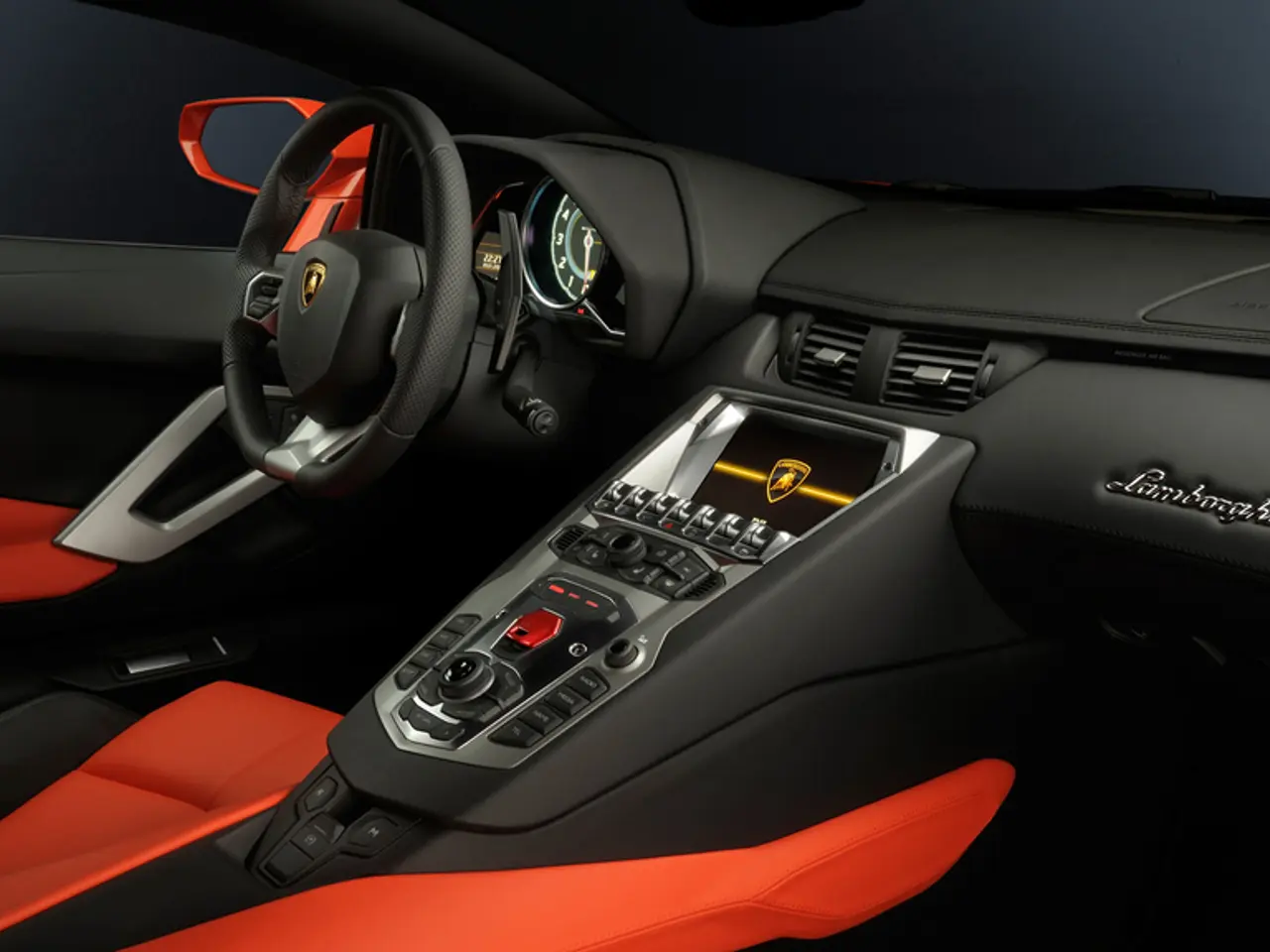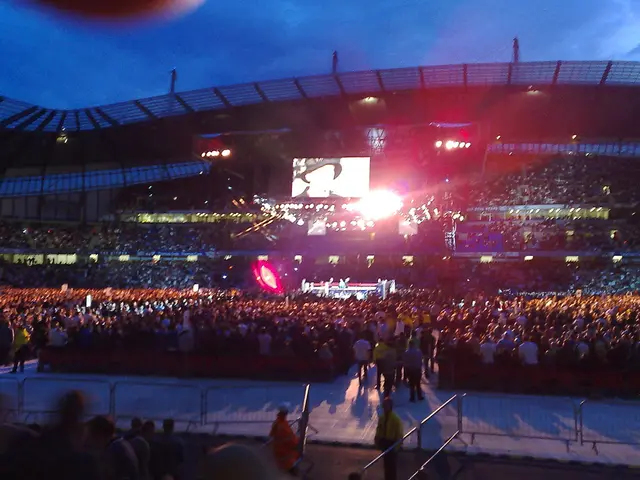Redesigned Mercedes Vision V Concept unveiled: Top-tier buses envisioning premium travel experiences
Mercedes-Benz has unveiled an innovative electric luxury vehicle concept called the Vision V. Set to hit the market by 2026, the Vision V is poised to redefine the ultra-luxury segment with its unique features and focus on sustainability.
The Vision V is built on Mercedes’ VAN.EA electric platform, which utilizes 800V architecture for ultra-rapid charging speeds up to 250kW. This technology significantly reduces charging times compared to standard EVs, making long journeys more convenient.
One of the standout features of the Vision V is its spacious interior. Measuring 18 feet long with a wheelbase of 139 inches, it offers ample room for luxury amenities. The interior boasts a 65-inch TV, multiple superscreens, and opulent features such as liquid-crystal privacy glass and a full canopy roof shade.
To further enhance its eco-friendliness, the Vision V features solar panel integration on the roof. With 168 photovoltaic cells, it generates up to 539 watts of peak power and can produce 3.44 kWh daily, equivalent to approximately 14 miles of additional range under optimal conditions.
The Vision V also showcases advanced driving capabilities. Its four-wheel steering system ensures manageable maneuverability despite its size.
Compared to traditional ultra-luxury sedans or SUVs, the Vision V is a luxury electric van that prioritizes interior space and travel comfort over sporty performance. Its electric VAN.EA platform and solar augmentation offer sustainable technology advantages not commonly found in traditional combustion or even some electric ultra-luxury vehicles.
The production versions of the Vision V, named VLE and VLS, will ride three to four inches higher than the concept vehicle to accommodate real-world ground clearance requirements. They will also incorporate NACS charging ports for the US market, providing access to Tesla's Supercharger network.
The interior design of the Vision V features a 65-inch 4K display that can rise from the floor or drop down from the ceiling. The passenger compartment is separated from the driver area by a liquid-crystal privacy screen that can switch between transparent and opaque modes.
White leather reclining chairs, each equipped with individual controls for position adjustment and massage functions, complete the luxurious interior. These chairs can transform into full beds for maximum comfort during travel.
The exterior design of the Vision V minimizes visual cues that would identify it as a van-based vehicle. The production models will be named VLE and VLS, and they are expected to enter the market by 2026.
Mercedes plans to bring factory-built quality and warranty coverage to the luxury van segment with the Vision V. This move addresses the needs of high-net-worth individuals who value productivity during travel, offering reliability and service support that comes with factory-built vehicles.
The Vision V made its debut at the Shanghai Auto Show and was later showcased at Monterey Car Week 2025. Its target market extends beyond traditional commercial applications to include private ownership, particularly in Asian markets.
Pricing details for the Vision V have not been officially disclosed yet, but it's expected to reflect its premium positioning in the ultra-luxury segment. With its unique blend of luxury, sustainability, and innovative technology, the Mercedes-Benz Vision V is set to carve out a new niche in the ultra-luxury vehicle market.
The Mercedes-Benz Vision V, a concept electric luxury vehicle set to hit the market in 2026, is poised to redefine the ultra-luxury segment not only through its focus on sustainability but also by prioritizing interior space and travel comfort. This luxury electric van utilizes advanced technology such as the 800V architecture for ultra-rapid charging speeds and solar panel integration on the roof to generate additional power.
The Vision V presents an impressive spacious interior, boasting a 65-inch TV, multiple superscreens, liquid-crystal privacy glass, and a full canopy roof shade. Additionally, the vehicle features a 4-wheel steering system ensuring manageable maneuverability despite its size.
When it comes to the exterior, the Vision V minimizes visual cues that would identify it as a van-based vehicle. The production models, named VLE and VLS, are expected to enter the market by 2026 and offer NACS charging ports for the US market, providing access to Tesla's Supercharger network.
The Vision V, with its unique blend of luxury, sustainability, and innovative technology, is set to carve out a new niche in the ultra-luxury vehicle market, targeting high-net-worth individuals who value productivity during travel, offering them reliability and service support that comes with factory-built vehicles. Its pricing details have not been disclosed yet, but it's expected to reflect its premium positioning in the ultra-luxury segment.




